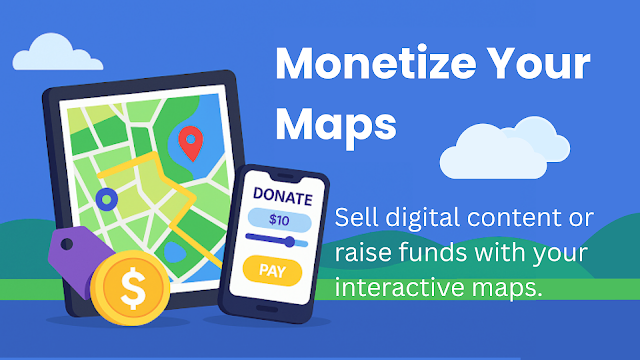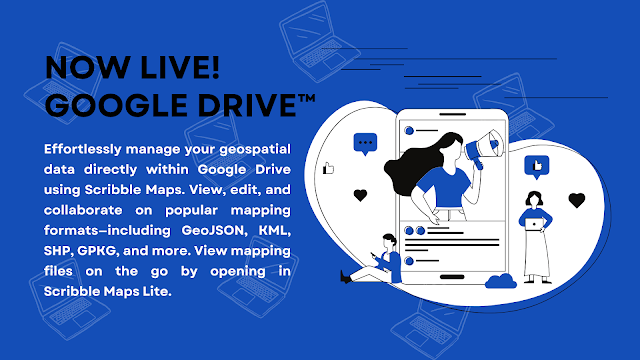Eagleview Ultra High-Resolution Imagery Now Available
.png)
Scribble Maps now includes Eagleview’s ultra-high-resolution aerial imagery , giving users access to the sharpest visuals available on our platform. Thanks to our integration with SkyWatch, you can now browse and purchase 1-inch GSD Eagleview imagery directly inside Scribble Maps. It’s a noticeable step up in detail for anyone who needs a clearer view of a site or project area. Eagleview imagery is available only for locations within the United States , but any user worldwide can purchase it as long as the selected area is inside U.S. coverage. Pricing varies depending on the size of the area and the capture date, with some images starting around $7 . When you search for imagery in a supported location, Eagleview options appear in the results as “Eagleview-Ultra-Res-HD.” You may see multiple capture dates, including older and newer imagery, so you can pick what fits your work. What Makes Eagleview Useful Once you start browsing imagery for a location, you’ll notice Eagleview lo...


.png)


